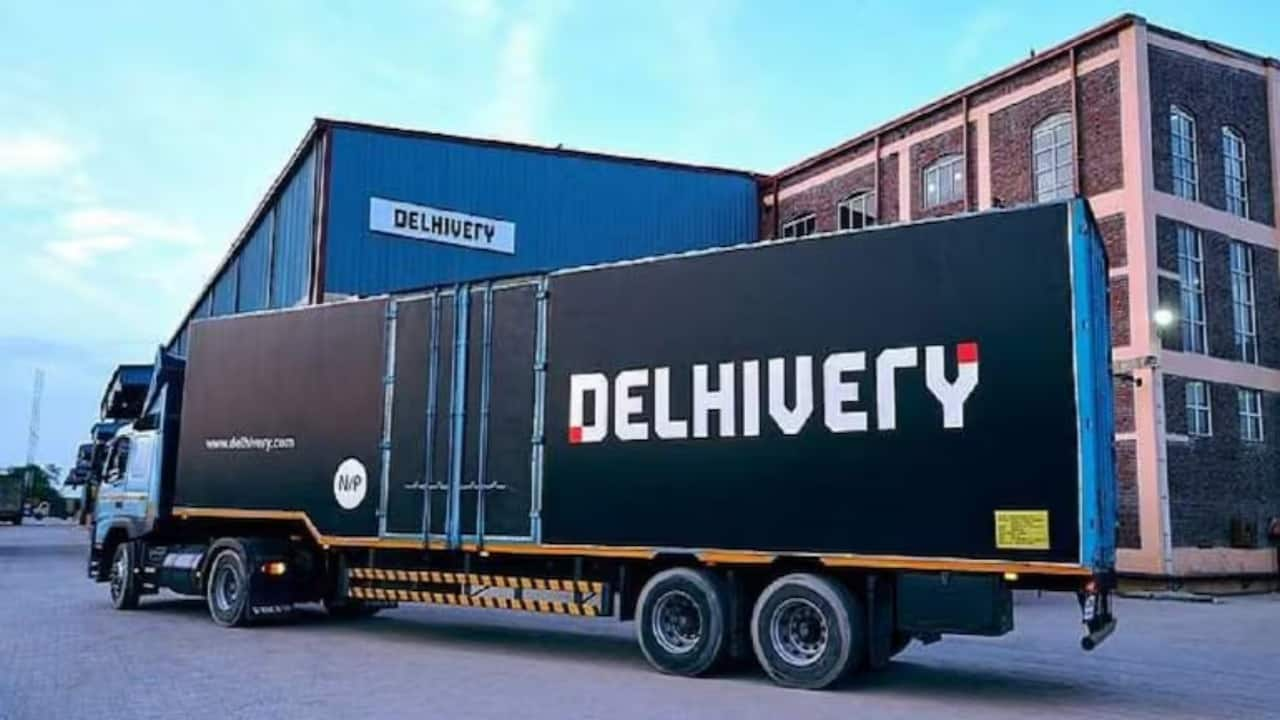Delhivery Zeroes in on Market Expansion, But Rapid Commerce Will Remain a Niche Play
During its Q3FY25 earnings call, Delhivery reported Rs 2,378 crore revenue from services, reflecting an 8% year-on-year (YoY) growth from Rs 2,194 crore in Q3 FY24.
The company’s profit after tax (PAT) more than doubled to Rs 25 crore, up from Rs 12 crore in the same period last year. Meanwhile, EBITDA stood at Rs. 102 crore in Q3 FY25, reflecting a 6.3% decline YoY from Rs 109 crore in Q3 FY24.
“Q1 and Q2 have continued into Q3 despite some headwinds in the industry overall and continued muted growth in online commerce volumes,” stated Sahil Barua, Co-founder and Chief Executive Officer at Delhivery during the earnings call.
“We delivered 206 million packages in our Express e-commerce parcel delivery business and 242 million including return parcels—a year-on-year growth of 2.4%,” he added.
A stakeholder asked how rapid commerce is scaling and the company’s thought process on how big the D2C (direct to consumer) operator contribution could be in the medium term to volumes for delivery.
In response to this, Barua stated that the rapid commerce is expected to generate Rs 80-100 crore in revenue for the financial year.
Other key pointers mentioned during the earnings call included:
Externalization refers to large e-commerce companies (like Flipkart or Amazon) expanding their in-house logistics networks and offering delivery services to third-party sellers, brands, or even competitors. Instead of relying solely on independent logistics providers, these companies attempt to become logistics service providers themselves.
However, Barua argued that this model is “dead on arrival” as explained below:
Barua stated that Delhivery’s cost of delivery is 8-10% lower compared to even the in-house logistics networks of competitors.
Barua explained that if a company operates as a first-party logistics arm for Flipkart or Amazon, it primarily serves its own platform’s deliveries. During peak season, the additional volume from third-party (D2C) parcels is minimal compared to the overall load.
Which narrows to a priority issue: The company will always prioritize its own shipments over third-party orders, leading to potential delays and lower service quality for external clients.
I think this adventure has been tried in the past, and it has failed. I would argue that externalization is more or less a dead-on-arrival proposition which has been tested and hasn’t worked. You know, talking about something doesn’t make it viable, and over two or three years, these companies have repeatedly said that they are going to externalize services without necessarily being able to break into anything of consequence because the service metrics don’t hold up, the cost metrics don’t hold up – Sahil Barua
Integrated Networks Offer Better Control for High-Value D2C Shipments
“And as far as the variable model goes, the reality is, why would you—if you’re a high-quality D2C brand—trust your packages, which have much higher relative value to you than in a marketplace environment, to a third-party network where you can’t even identify if the parcel is damaged or lost, or who damaged or lost it? There is a value to running an integrated network, and I don’t see that this is a threat at all,” he added.
“In this industry, as we have mentioned in the past, there are too many players in the express parcel business, and consolidation is necessary. The consolidating forces are becoming tighter and tighter,” Barua stated in response to a query regarding market dynamics.
Advertisements
He added that the express parcel industry is highly competitive, with too many companies operating in the space. As a result, the market is likely to undergo consolidation, where weaker or smaller players may merge, be acquired, or exit the market due to increasing competitive pressures.
This indicates that factors like rising costs, operational efficiencies, and market dynamics are making it harder for smaller or less efficient players to survive, potentially accelerating the industry’s consolidation.
“Why do you think Rs 80 to 100 crore is the maximum revenue you can achieve in the next year? What would be the rough estimate for the number of warehouses you plan to set up? How do you charge customers—per delivery, a warehousing fee, or a combination of both? How does the overall business model work?,” asked a stakeholder.
Barua explained that Delhivery plans to set up 50 dark stores across the top eight metros.
He added that a two-hour delivery network allows servicing of these metros without needing thousands of dark stores. However, expansion beyond 50 stores will depend on demand patterns, but significant growth is unlikely.
“It’s a per-delivery fee, and there’s also a warehousing fee included. The typical pricing ranges between Rs. 80 and Rs. 100 per order that is serviced,” he said.
He explained that certain constraints in the rapid commerce model remain inherently limited in scale and opportunity.
“Now, why will it not be materially much larger? You have to look at e-commerce as a whole. First of all, metros account for only about 8-9% of total e-commerce volume—meaning products that are sourced and delivered within the same metro. Then, within that, the real question is what kind of goods actually lend themselves to this kind of delivery,” he stated.
Brands stock up in limited capacity for quick delivery
“Half of e-commerce is softline products—apparel, specialty items, things like that—which don’t really fit into a quick commerce model. If someone wants a specific t-shirt or a particular type of shoe, they’re not looking for a hyperlocal fulfillment model. So that alone takes away nearly half of the 8%, bringing us down to just 4%,” he added.
He further added that brands will only stock 10-15% of their SKUs for quick delivery, further shrinking the opportunity.
“Now, of course, one could argue that the ideal scenario is making 75,000 items available to a customer within 2 hours. But to do that, you’d have to set up massive storage hubs. And if you look at a city like Mumbai, the rental cost isn’t going to be Rs 30 per square foot—it’s going to be Rs 300 per square foot, which instantly kills profitability. If you try to solve that by going further back in the supply chain and setting up gigantic hubs, you’re essentially recreating Amazon—which is not what quick commerce is about…” he explained.
Note: The headline for this story was edited based on editorial input on 12.02.2025 at 13:12 pm.










